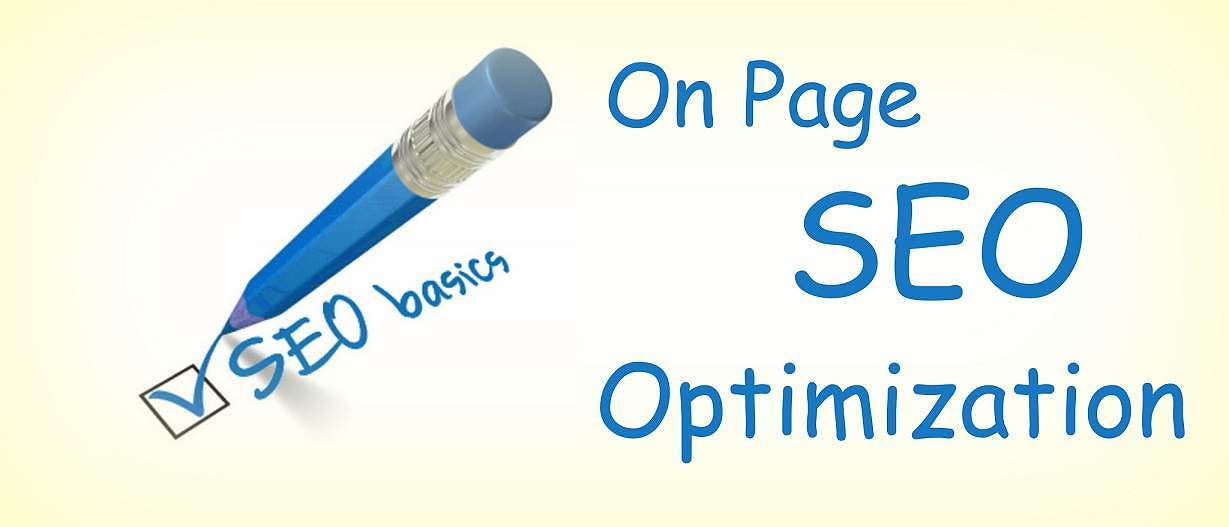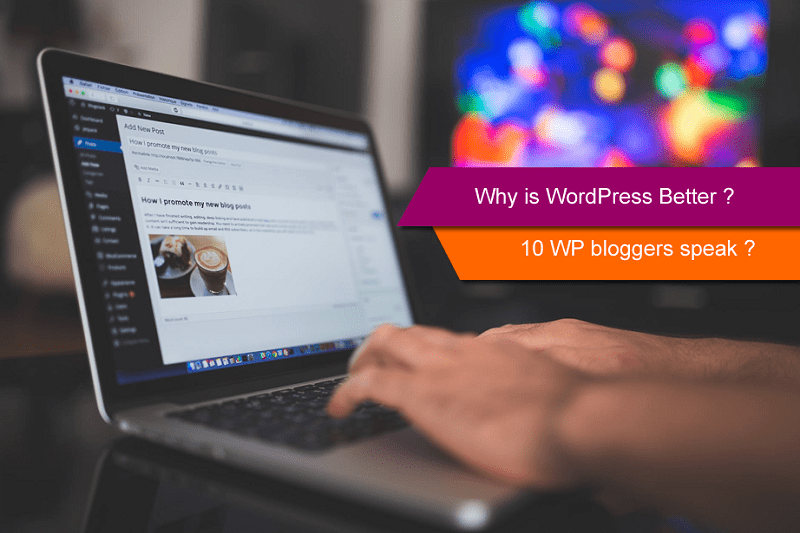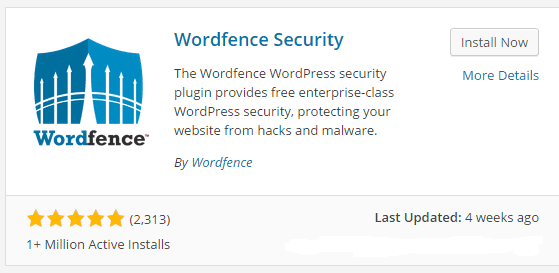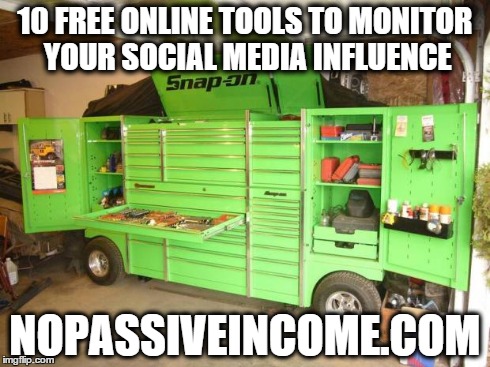Welcome to the definitive 9-Step Off-Page SEO Checklist for 2024 designed to propel your website’s authority and rankings in an era where the search landscape is more dynamic and competitive than ever.
With constant algorithm updates and the rise of sophisticated technologies, understanding and executing a robust off-page SEO strategy is crucial for online success.
Table of Contents
Step 1: Competitor Backlink Analysis
Understanding the landscape of your niche is pivotal, and analyzing your competitors’ backlinks is a strategic starting point for solid off-page SEO. By assessing where they acquire links, you can gauge the health of your own link profile and uncover opportunities for your link-building efforts.
Tools for Backlink Analysis
Several powerful tools can help you perform a comprehensive backlink analysis:
- Ahrefs: Offers an extensive backlink profile for any URL, showcasing the quality and relevance of links.
- SEMrush: Provides an in-depth look at competitors’ backlinks, enabling you to identify their strategies.
- Moz’s Link Explorer: Allows for the evaluation of backlink quality and the discovery of new link-building opportunities.
How to Identify Opportunities
Examine the backlink profiles of your top competitors to spot patterns and common sources. Identify high-authority domains that link to multiple competitors but not to you. Look for niche-relevant sites with strong engagement that may serve as potential link partners.
Additionally, track the type of content that garners the most backlinks in your industry. Whether it’s blog posts, infographics, or case studies, such insights can steer your content creation in a direction that naturally attracts valuable backlinks.
Step 2: Content Marketing and Amplification

The success of off-page SEO is significantly influenced by the content that resonates with your audience and prompts shares across the web. Creating content that naturally attracts backlinks is an essential part of a robust off-page strategy.
Creating Shareable Content
Shareable content typically provides value through education, entertainment, or inspiration and stands out with distinctive qualities such as:
- Original Research and Data: Content featuring unique insights and statistics often attracts organic links as a reputable source.
- Infographics and Visual Data: Visuals simplify complex data and increase shareability due to their engaging nature.
- Comprehensive Guides: In-depth resources on specific topics become go-to references within an industry or niche.
Utilizing Content Platforms and Distribution Channels
Maximize the reach of your content through strategic use of multiple platforms and distribution channels:
- Social Media: Tailor content snippets to different social platforms to encourage sharing and engagement.
- Email Newsletters: Leverage subscriber lists to promote content directly to interested audiences.
- Content Syndication Networks: Broaden your content’s exposure by publishing on platforms like Medium or LinkedIn that tap into larger, built-in communities.
By crafting content that provides tangible value and optimizing distribution channels, your off-page SEO campaign becomes a force multiplier, driving both traffic and authoritative backlinks.
Step 3: Social Signals
The echo of your brand’s presence across social platforms can send significant signals to search engines, indirectly affecting your off-page SEO. While social signals may not be a direct ranking factor, their influence on online visibility and brand authority is undeniable.
Understanding the Impact of Social Media
Social media platforms are powerful amplifiers for content and brand exposure. Likes, shares, comments, and follows depict user engagement, which can enhance brand recognition and foster trust.
A strong social media presence can lead to increased organic search traffic as users often search for brands and content they encounter on social networks.
Engagement Strategies for Social Signals
Maximizing social signals requires an engaged approach:
- Consistent Brand Messaging: Maintain a consistent voice and image across all social platforms to build recognition and trust.
- Interactive Content: Encourage user interaction through polls, quizzes, and challenges that make your content relatable and share-worthy.
- Influencer Partnerships: Collaborate with influencers to tap into their following and boost content visibility and engagement.
- Prompt Responses: Actively respond to comments and messages to increase engagement and customer experience.
Strategically nurturing your brand’s social media presence can elevate the perceived value of your content, increasing the likelihood that it will be cited as a resource, thereby positively impacting your off-page SEO.
Step 4: Influencer Collaboration and Outreach
Engaging with influencers can exponentially increase the reach of your content and enhance your off-page SEO through high-quality backlinks and social mentions. Choosing the right influencers and crafting a mutually beneficial outreach strategy is key.
Identifying Relevant Influencers
Look for influencers who align with your brand values and have a dedicated audience that overlaps with your target demographics.
Use tools like BuzzSumo or Followerwonk to search for influencers by topic or industry, and analyze their engagement rates and content quality to ensure a good fit.
Best Practices for Outreach and Collaboration
When reaching out to influencers, keep these best practices in mind:
- Personalize Communication: Address influencers by name, comment on their work, and explain why a partnership would be mutually beneficial.
- Provide Clear Value: Offer something of worth, such as exclusive content, free products, or monetary compensation.
- Be Flexible: Allow influencers creative freedom to present your brand in a way that resonates with their audience.
- Nurture Relationships: Treat influencer engagements as the start of long-term relationships rather than one-off transactions.
A successful influencer collaboration should feel organic and authentic, aligning with both your brand’s messaging and the influencer’s style, thus driving traffic and bolstering your off-page SEO efforts.
Step 5: Guest Blogging and Content Syndication

Guest blogging and content syndication are pivotal in expanding your content’s reach, building industry authority, and securing valuable backlinks—all essential components of off-page SEO.
Selecting Target Sites for Guest Posts
Choosing the right platforms for guest posting is crucial:
- Relevance: Target blogs that are relevant to your industry and audience.
- Authority: Aim for sites with high domain authority to get quality backlinks.
- Readership: Consider sites with an engaged readership to ensure visibility.
- Content Quality: Only contribute to sites with high editorial standards.
Tools like Alexa Rank and Moz’s Domain Authority Checker can aid in evaluating potential sites.
Syndicating Content Effectively
For syndication, the approach should be methodical and selective:
- Choose Platforms Wisely: Publish on reputable syndication sites like Medium or industry-specific platforms.
- Update for SEO: Make minor changes to the content to avoid duplicate content issues.
- Use Canonical Tags: Implement canonical tags to point back to the original content on your site.
- Monitor Results: Keep track of referral traffic and backlink profiles from syndicated content to measure effectiveness.
Guest blogging and syndication, when executed properly, can amplify your message and lend credibility to your brand, thereby enhancing your off-page SEO profile.
Step 6: Local SEO and NAP Consistency
For businesses with a physical presence or localized services, local SEO is a critical facet of off-page optimization ensuring that they appear in location-based search results.
Managing Local Listings
Effectively managing local listings involves:
- Claiming your listing on platforms like Google My Business, Bing Places, and Yelp.
- Providing comprehensive and accurate business information, including hours, services, and photos.
- Encouraging customers to leave reviews and responding to them promptly to improve visibility and credibility.
Importance of Name, Address, and Phone Number (NAP) Consistency
Consistent NAP information across all online platforms helps search engines associate your listings, which can enhance your credibility and rankings:
- Ensure your business name, address, and phone number are uniform and up-to-date on every platform.
- Regularly audit your online presence for discrepancies and correct inconsistencies immediately.
- Utilize local citations to further strengthen location-based authority by mentioning your NAP on local business directories, websites, and social profiles.
Maintaining NAP consistency amplifies your off-page SEO by reinforcing your relevancy for local searches, which can lead to increased organic traffic and improved search engine rankings for localized queries.
Step 7: Forum Participation and Community Engagement
Actively participating in forums and online communities can boost your off-page SEO efforts by establishing you as a knowledgeable authority in your niche and driving traffic back to your site.
Strategies for Meaningful Forum Contributions
To make an impact through forums:
- Identify Popular Forums: Choose forums with active user bases relevant to your industry such as Reddit, Quora, or niche-specific forums.
- Provide Value: Answer questions, offer insights, and share valuable resources that genuinely help the community members.
- Balance Self-Promotion: While sharing your content, ensure it’s relevant and beneficial to the discussion to avoid being perceived as spammy.
Building Relationships within Online Communities
Forge genuine connections by:
- Consistent Engagement: Regularly contribute to conversations, not just with answers but by asking questions and sharing experiences.
- Support Others: Endorse valuable content from other users to foster reciprocal relationships.
- Integrate into the Community: Adhere to community guidelines and understand the ethos of each forum to become a respected member.
Effective forum participation and community engagement involve thoughtful interactions that showcase your expertise while being mindful of the line between helpfulness and promotion.
This approach can lead to organic, high-quality backlinks and increased brand visibility.
Step 8: Podcast Appearances and Webinars
Embracing the power of audio and video through podcasts and webinars can be a dynamic approach to off-page SEO, giving your brand a voice and expanding your digital footprint.
Finding Opportunities in Podcasting and Webinars
To tap into audio and video opportunities:
- Research Relevant Podcasts: Use podcast directories like Apple Podcasts, Spotify, and Stitcher to find shows aligned with your expertise.
- Approach Webinar Hosts: Identify industry experts or companies that host webinars and propose relevant topics you can present.
- Offer Unique Insights: Present a compelling angle or unique knowledge that adds value, making you an attractive guest.
Leveraging Audio and Video Content for SEO
When featured in these formats:
- Share and Promote: Actively share the episode or webinar across your social media and website.
- Incorporate Links: Request the host to include a backlink to your site in the show notes or video description.
- Repurpose Content: Turn your audio or video appearances into blog posts, infographics, or social media snippets to reach a broader audience.
Podcast appearances and webinars can significantly improve off-page SEO by providing quality content for your audience to engage with and share while also generating backlinks and traffic to your site.
Step 9: Brand Mentions and Unlinked Brand Mentions

Brand mentions are powerful off-page SEO signals that demonstrate your brand’s footprint in the digital arena.
Monitoring for Brand Mentions
Regularly scanning the web for mentions of your brand is essential:
- Use tools like Google Alerts, Mention, or BuzzSumo to track where and how your brand is mentioned online.
- Analyze the context of mentions to gauge public perception and identify areas for improvement or expansion.
- Keep an eye on both positive and negative mentions to manage your reputation effectively.
Turning Unlinked Mentions into Links
Unlinked mentions are potential backlinks waiting to be activated:
- Reach Out: Contact the author or webmaster and politely ask if they would be willing to turn the mention into a hyperlink.
- Provide Easy Access: Make it simple for them by sending a direct link to the preferred landing page on your site.
- Highlight the Value: Explain how linking back to your site can add value to their content and benefit their audience.
Converting unlinked brand mentions into backlinks solidifies your online presence, driving both direct traffic and improving your off-page SEO link profile, while also fostering positive relationships with other websites and content creators.
Wrapping Up
Remember, off-page SEO is not a one-off task but an ongoing journey of building trust, authority, and connections across the web.
Implement these strategies consistently, measure your progress with the right tools, and be prepared to pivot as new opportunities arise.
By doing so, you’ll not only boost your online visibility but also forge meaningful connections with your audience that go beyond the realms of search engines.




















I’m definitely in the content platform and distribution phase now. Spreading the word by marketing what I know via sharing text-based content and my blog posts is my current strategy. Onsite, I am good, even though I publish posts here and there to my blog. Off-site work can be important once your blog is lined up quite nicely.
All sound tips here.
Ryan